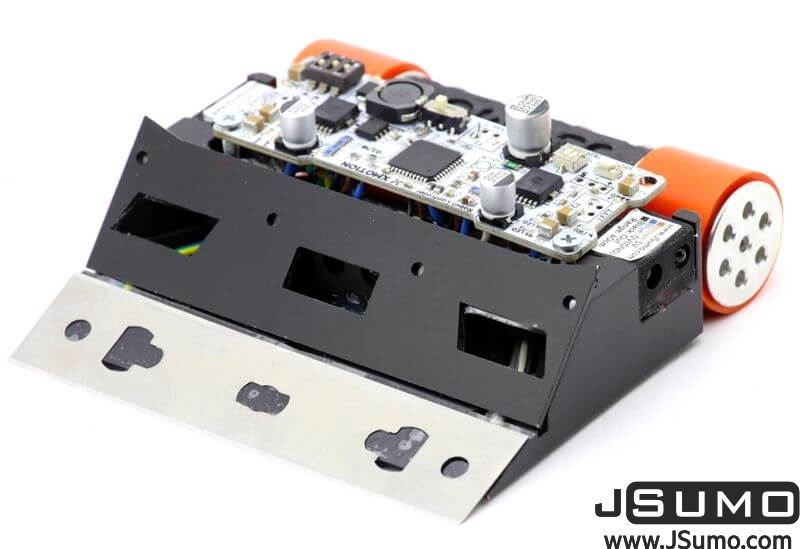

This is a very basic tutorial that illustrates how to prepare your Arduino IDE for the ESP32 on a Mac or a Linux PC. Go to your Arduino IDE location directory: /U sers/Rui/Documents/Arduino, open the hardware folder, and delete the espressiffolder. To find your espressif folder and Arduino IDE location (installation path), open your Arduino IDE and go to Arduino > Preferences:Ĭopy the location from the “ Sketchbook location” field: If you’ve followed the older installation procedure and you’ve manually installed the ESP32 add-on with Git GUI, you need to remove the espressif folder from your Arduino IDE. If this is your first time installing the ESP32 on Arduino IDE you can ignore this section. This is a very basic tutorial that illustrates how to prepare your Arduino IDE for the ESP32 on your computer. Wait a few seconds while the code compiles and uploads to your board.ħ) If everything went as expected, you should see a “ Done uploading.” message.Ĩ) Open the Arduino IDE Serial Monitor at a baud rate of 115200:ĩ) Press the ESP32 on-board Enable button and you should see the networks available near your ESP32:
MAC M1 ARDUINO INSTALL
Then, follow these steps:Ģ) Select your Board in Tools > Board menu (in my case it’s the DOIT ESP32 DEVKIT V1)ģ) Select the Port (if you don’t see the COM Port in your Arduino IDE, you need to install the ESP32 CP210x USB to UART Bridge VCP Drivers):Ĥ) Open the following example under File > Examples > WiFi (ESP32) > WiFi ScanĦ) Press the Upload button in the Arduino IDE. It should be installed after a few seconds:


Go to Tools > Board > Boards Manager…Ĥ) Search for ESP32 and press install button for the “ ESP32 by Espressif Systems“:ĥ) That’s it. Note: if you already have the ESP8266 boards URL, you can separate the URLs with a comma as follows:, ģ) Open boards manager. Go to Arduino > PreferencesĢ) Enter into the “Additional Board Manager URLs” field as shown in the figure below. To install the ESP32 board in your Arduino IDE, follow these next instructions:ġ) Open the preferences window from the Arduino IDE. Go to the end of this post to learn how to remove the espressif folder.
MAC M1 ARDUINO MAC OS X
In this tutorial we’ll show you how to install the ESP32 board in the Arduino IDE on Mac OS X or Linux. There’s an add-on for the Arduino IDE that allows you to program the ESP32 using the Arduino IDE and its programming language.


 0 kommentar(er)
0 kommentar(er)
